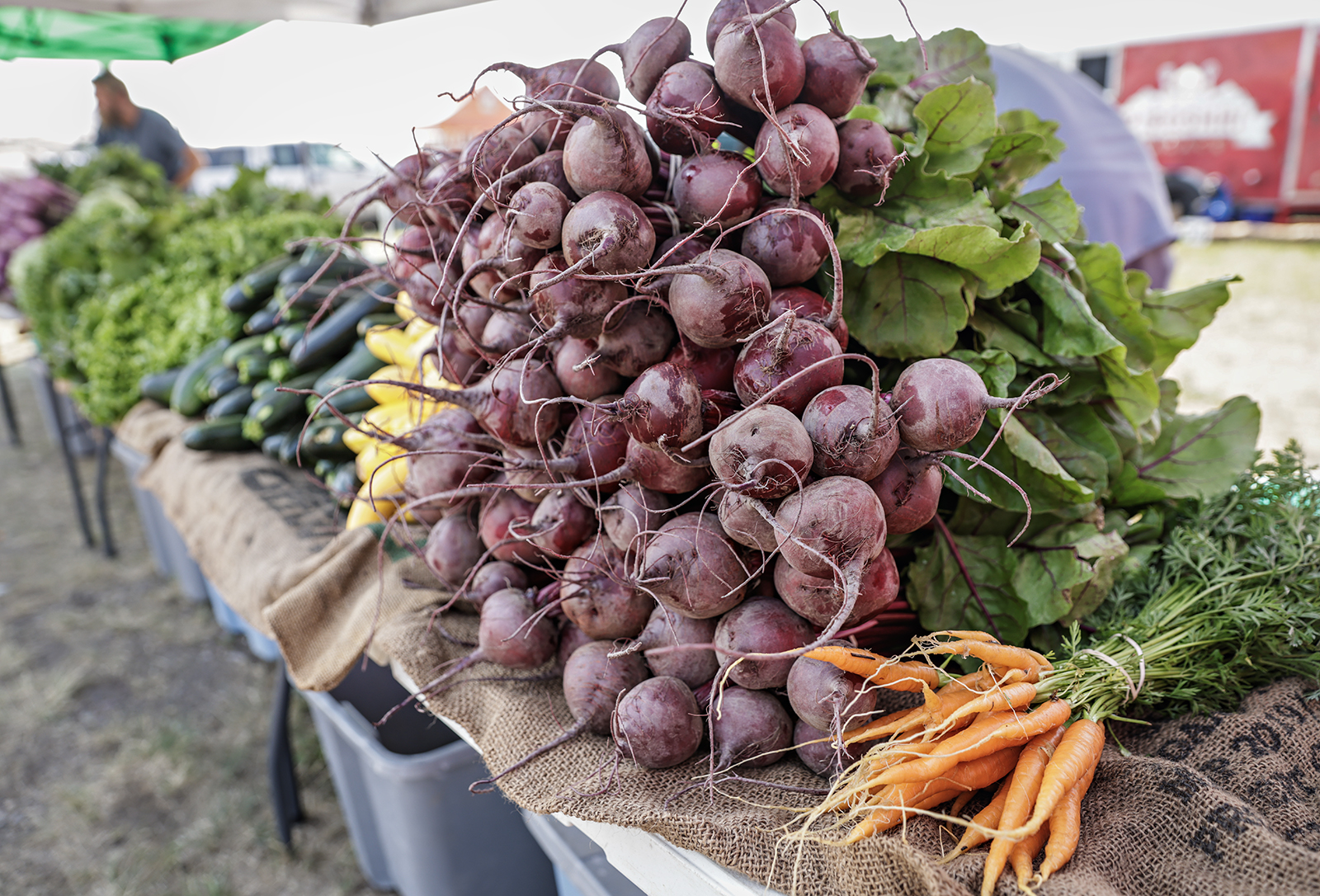Food Assistance Could Shrink as Federal Funding Cuts Persist
Flathead Valley food pantries and programs will likely become more heavily reliant on private donors as grants are discontinued
By Maggie Dresser
On any given week at the North Valley Food Bank in Whitefish, roughly 1,200 customers come into the food pantry for groceries. There was a 20% spike in demand in this year’s first quarter compared to 2024. Overall, demand has tripled since 2019.
“More and more people can’t afford to live in our community,” North Valley Food Bank Executive Director Sophie Albert said. “There are people driving from Eureka and Kalispell and we really see people from all over the valley. We offer a lot of fresh food.”
But earlier this year, the U.S. Department of Agriculture announced the cancellation of $500 million in funding that’s historically funneled to food banks as part of Emergency Food Assistance Program (TEFAP), which was designated from the Commodity Credit Corporation.
Using the TEFAP program distributed through the Montana Food Bank Network, Albert has used the money to purchase meat, dairy and produce and she describes it as a staple program of food pantries that many resources rely on.
“We’ve been using this program forever, Albert said.
The cuts will result in a 40% decrease of TEFAP food and the loss of 100,000 pounds of food annually at North Valley.
To make up for the loss, the food pantry would need to raise $250,000 more in private donations or face the consequence of serving less food to families. The loss in funding will also impact the nonprofit’s recipients who live in rural areas beyond the Flathead, which includes deliveries to Essex, Olney and Trego. Roughly 200 families are served in Trego per week alone.
“I think what’s challenging is the federal funding is such a significant amount,” Albert said. “It’s not only affecting nonprofits but having rippling effects on families. Even though we have a generous community, everybody is going to be hurting. Is there going to be donor fatigue? There are all of these moving pieces that makes this time really uncertain.”
In addition to the TEFAP program, the Local Food Purchase Assistance (LFPA) Cooperative Agreement has also been discontinued, which allocates funding to connect local farmers with food pantries and provides nutritious options like fresh produce.

At the Flathead Food Bank in Kalispell, Executive Director Chris Sidmore said the nonprofit has historically received $6,000 a month through the LFPA grant and $23,000 per month through the TEFAP grant.
“Overall, our budget will go down a little bit for food,” Sidmore said.
While North Valley still has funding from the previous grant cycle, Albert says it will need to reassess how much food can be purchased as future grant cycles remain unclear.
Other food access nonprofits like Land to Hand MT based out of Columbia Falls are also heavily reliant on federal funding and could see future cuts for their supplemental food programming. The organization provides food access and education through the weekend backpack and summer lunch programs that help serve 400 kids per week along with farmers’ market programs that deliver produce to Supplemental Nutrition Assistance Program (SNAP) recipients.
In January, Education Manager Whitney Pratt said the organization applied for the Patrick Leahy Farm to School Program through the U.S. Department of Agriculture (USDA), which would have allocated $100,000 to Land to Hand over the next two years if it was awarded.

“That entire grant cycle was canceled – no one will get that in the country,” Pratt said.
Land to Hand leaders also applied for a $250,000 USDA National Institute of Food and Agriculture grant, which Pratt has heard nothing about since applying.
In total, Land to Hand could potentially lose out on $400,000 in funding they likely would have otherwise been awarded, although Pratt clarifies that there is still much uncertainty. If that volume of federal funding does stop flowing, Pratt says it’s possible their programming could shrink.
“It is really a challenging and stressful time,” Pratt said. “We’re going to really lean into the amazing community that we have, but this is a time we need more support from local donors.”
“We need to stand together and continue this important work we’re doing,” Pratt added.